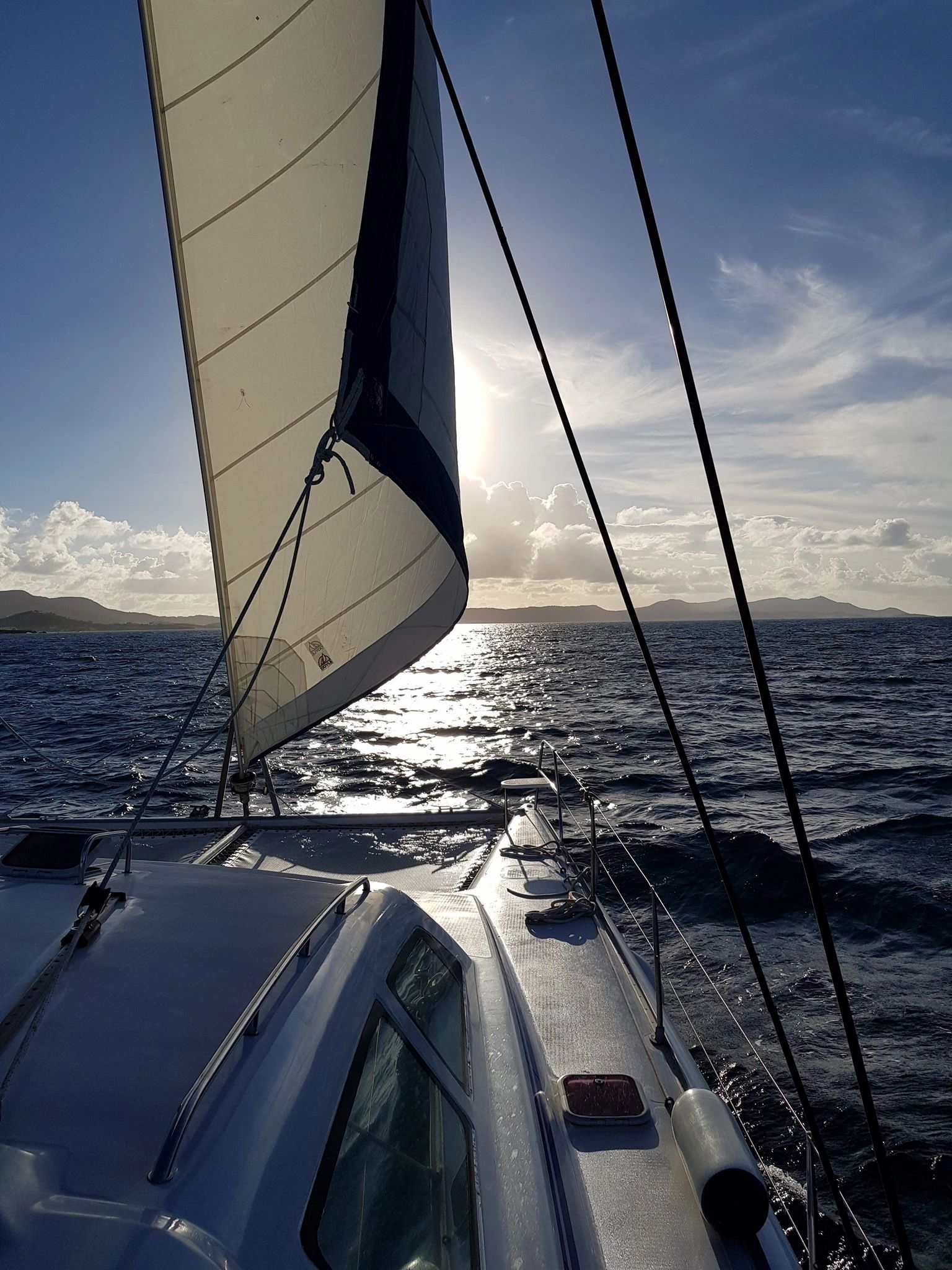

Six of the species have been completed, and Freda aims to finish the Bufflehead and Barrow’s Goldeneye later this summer. The mural highlights eight of the 141 species in Washington State vulnerable to climate change during their summer breeding season, according to Survival By Degrees: the Sharp-shinned Hawk, Rufous Hummingbird, Steller’s Jay, Red-breasted Nuthatch, Violet-green Swallow, Swainson’s Thrush, Bufflehead, and Barrow’s Goldeneye. The Red-breasted Nuthatch is tucked behind a grove of alder trees, while species that relish open space like the Sharp-shinned Hawk are toward the center of the meadow.


She has strategically placed the painted birds in areas of the meadow where visitors might encounter the real thing. The arts center director offered the adjacent retaining wall for the mural and suggested Burman reach out to Britt Freda, a local artist who uses her work to highlight the plight of endangered species.īefore she begins painting, Freda studies each species, their history, and characteristics to ensure she’s “representing them in a way that is true to their nature,” she says. The wetland, called Heron Meadow, forms part of the eastern headwaters of the island’s largest salmon-bearing creek and was in the process of being restored by the Vashon Center for the Arts and Vashon Nature Center. After visiting the two-acre meadow-wetland behind Vashon Center for the Arts, Burman knew it would be a perfect fit. Vashon Audubon considered barns, water towers, and buildings around the island when scouting for a mural location. According to Audubon's Survival By Degrees report, roughly 30 percent of Washington State will transition to a different biome by the end of the century at the current pace of warming, and the state will experience heavier rainfall and significantly higher average temperatures during both the warmest and coldest months of the year. After seeing how the Audubon Mural Project, which commissions artists to paint climate-threatened birds in New York City, sparked conversation about birds and climate change, Burman decided to bring the concept to Vashon Island and showcase the island’s vulnerable species and habitats. Vashon Island’s parks, nature preserves, and long stretches of shoreline host around 80 migratory bird species each year and another 50 year-round residents. That has fostered a tight-knit community, says Burman, and helped preserve the island’s wild spaces.

The 13-mile-long island in Washington State’s Puget Sound is home to 10,000 residents and is accessible only by ferry. And so any place where you could be outside and sit and have coffee and watch an artist paint-that made us all happy.” “Part of it, of course, was the pandemic last summer. Heron Meadow, once filled with invasive weeds and blackberry brambles, now features native plants and brightly colored chairs for visitors. “People said things like, ‘This is the best thing to happen on Vashon in ages,’” says Julie Burman, Vashon Audubon President. The Vashon Audubon Mural, an extension of the Audubon Mural Project, has transformed a quiet meadow on Vashon Island into a vibrant space for contemplation, education, and community activism. Over the past year the birds have descended on a restored wetland, taking up permanent residence on a concrete retaining wall next to alder trees and flowering honeysuckle. A colorful flock is turning heads on a small island in the Pacific Northwest.


 0 kommentar(er)
0 kommentar(er)
